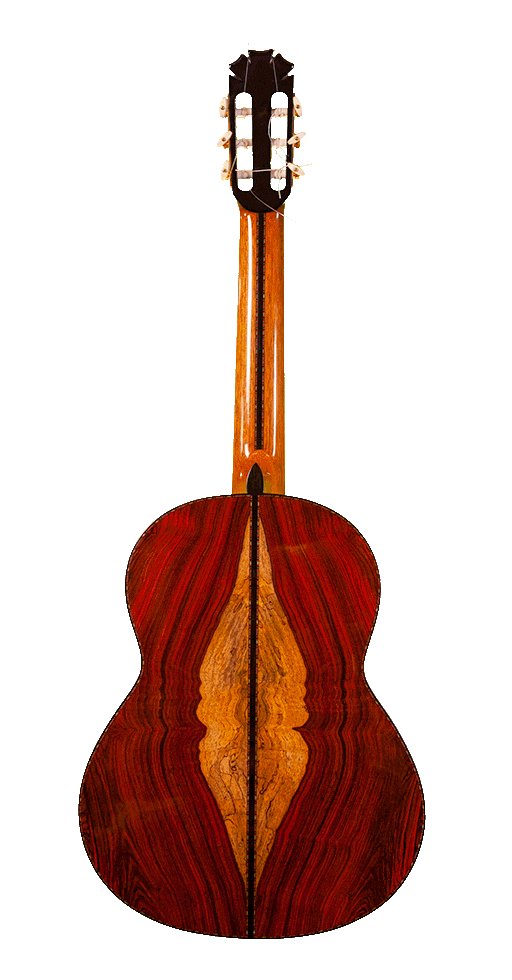Frequent questions
1. Where are MR guitars made?
Currently, 100% of the production of MR Guitars is in our guitar factory in Esquivias, a town in the north of Toledo. In this 4.500m2 factory, more than 40 luthiers work in a completely traditional and traditional production process.
2. Where can I buy an MR?
In MR Guitars we sell our instruments through stores and distributors exclusively. For that reason, we do not sell guitars directly to the end customer, but we can tell you where to buy them. We work with hundreds of clients in more than 120 countries. Find your nearest store here.
3. How can I travel with my guitar?
As a first rule, it will always be preferable for the guitar to travel inside a good case, isolated and, if possible, with humidity control.
On the other hand, it is basic to internalize that the worst thing for a guitar is sudden temperature changes, that is why it is essential to protect it from sources of heat or cold. Also, if we travel to a place where the temperature difference is very high, it is recommended that, upon arrival, the guitar remain in its case to acclimate.
Below, we will detail some tips related to the most common means of transport:
If you travel by plane …
Try to take your guitar in the cabin (inform yourself beforehand), thus avoiding possible blows with the rest of the luggage.
If you go up to the device sooner, you will surely find more space to attach the guitar to the luggage rack.
If you have to check it, it is essential that the case in which you travel is rigid and resistant and, in this case, it is advisable to loosen the ropes so that the mast is not forced too much before the possible changes of the wood with the pressure.
You can always ensure the guitar with the company you fly with.
If you travel by car …
Always, the guitar, better in the trunk than anywhere else. Although it is very hot, it is good to go inside the car whenever the air conditioner is on.
It is necessary to avoid leaving the guitar in the car if it is stopped in the sun, the increase in temperature can damage the woods.
It should not be given the sun, nor with the air conditioning on.
It is necessary to avoid that the guitar shakes inside the case, so it is advisable to fit it with some fabrics.
If you travel by train …
Before leaving the guitar in the trunk that is on the seat, it is best to check that there is no air conditioning outlet, as this cold and dry air directly on the instrument can damage the wood.
If you leave the guitar in the places allowed to leave suitcases at the entrances of the car, avoid placing objects on it. It is also convenient to check the position of the guitar from time to time as the vibration of the train can make it slide.
4. Differences between a classical guitar and a flamenco guitar?
The flamenco guitar is smaller than the classical one: although it is practically imperceptible, this is true. In addition, the flamenco guitar has a ring that is also smaller -corresponding to its size-.
Each of them has its own woods: although the wood theme is much more complex, the truth is that, except for exceptions, each type of guitar is usually made using the same type of wood. The flamenco guitar is usually made of cypress and fir. However, the classic is made with palo santo and cedar – although it can also present spruce.
The harmonic bars are placed in different ways: although the naked eye may not be visible, the classical and flamenco guitar have their harmonic bars arranged in different ways.
These small variations that get two types of guitars, almost identical to the naked eye, are completely different in the background, have a single purpose: to get a very characteristic sound. When playing a flamenco guitar, the listener will detect a more sharp and dry sound, much more striking than that of another type of guitar, but, nevertheless, it offers much less sonority. For its part, the classical guitar has a more intense and soft sound, more homogeneous to the ear.
In addition, the flamenco guitar, due to its physiognomic characteristics, tends to have a completely accepted fret or lisp -always within parameters- that gives a very special touch to its final sound.
Different but very similar, the classical and flamenco guitar is designed to offer a very special sound. The flamencas are ideal for the rhythm of the music that gives them their name, fast, with soul and very forceful. The classic for everything else. However, either of them serves to play all kinds of scores, simply each of them will give a different touch to the melody, will give body and personality.
5. Differences between MR products
Although all our guitars have a solid wood top, it is in the body where the changes are most noticeable. For that reason, we can talk about three big types



